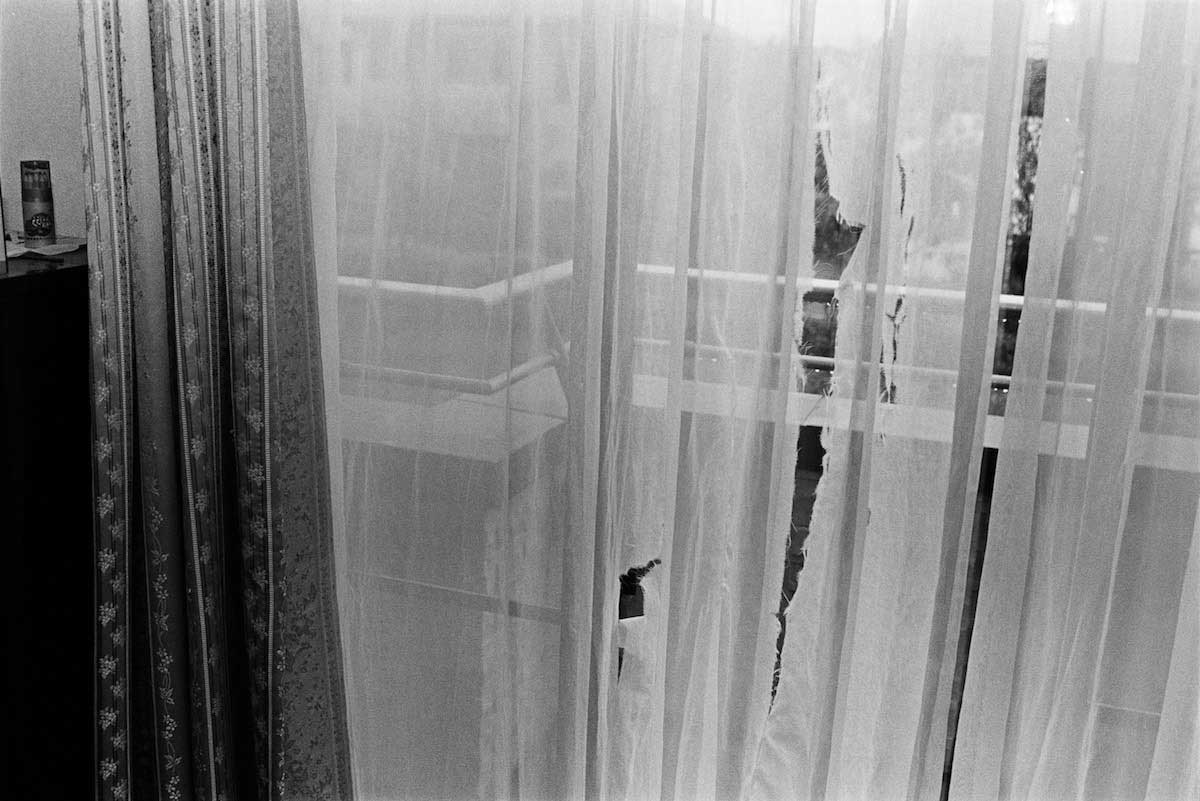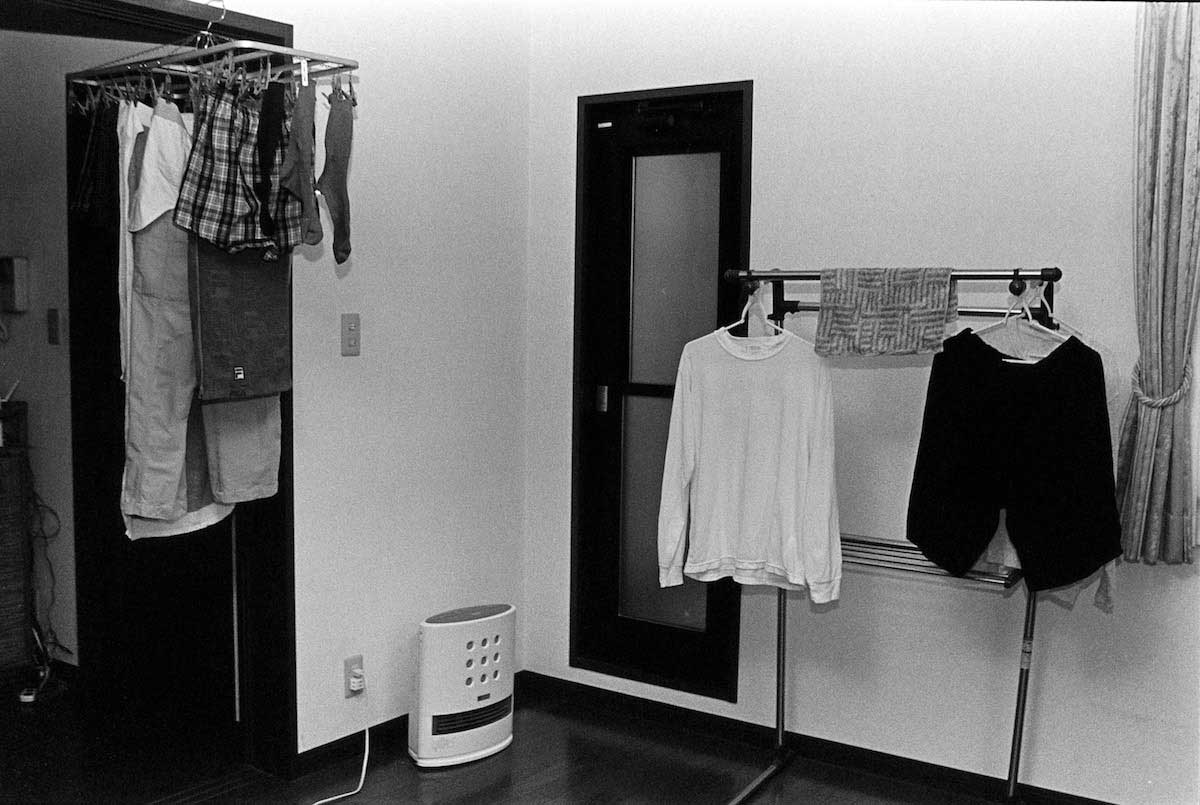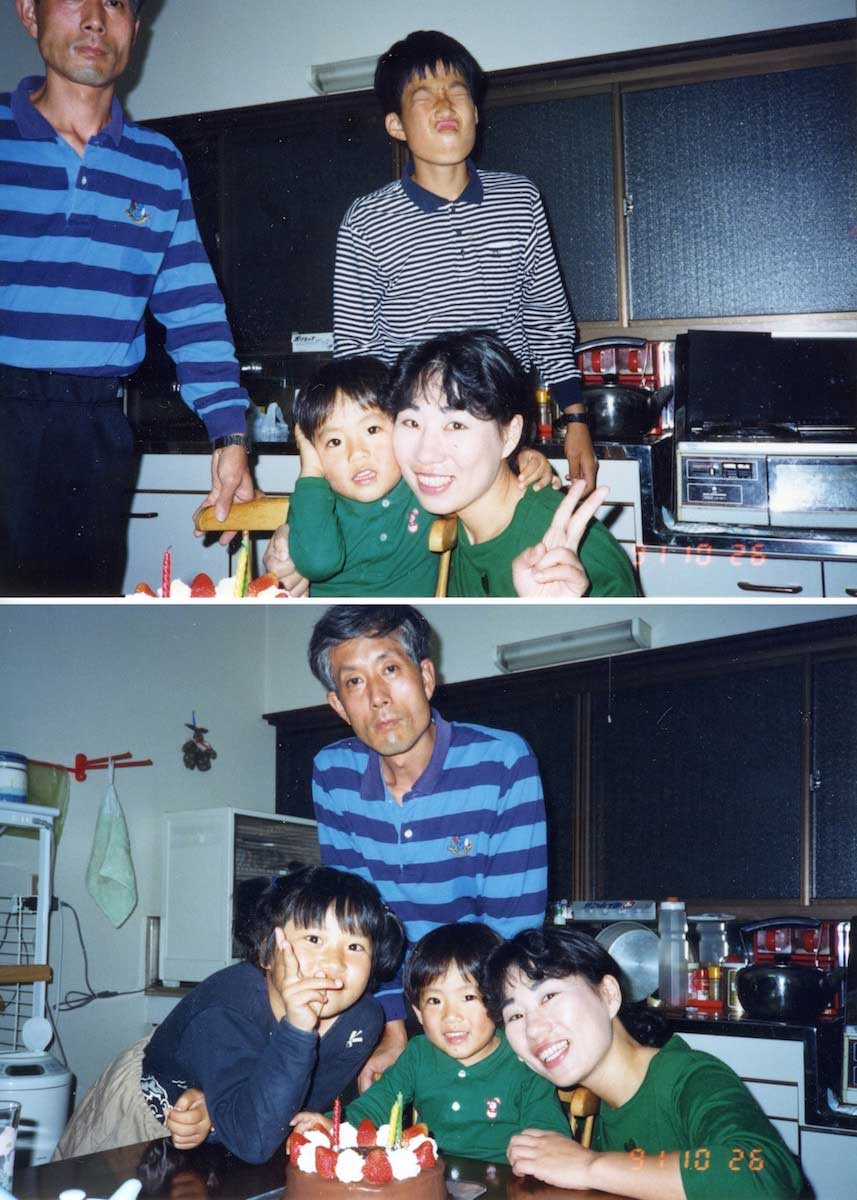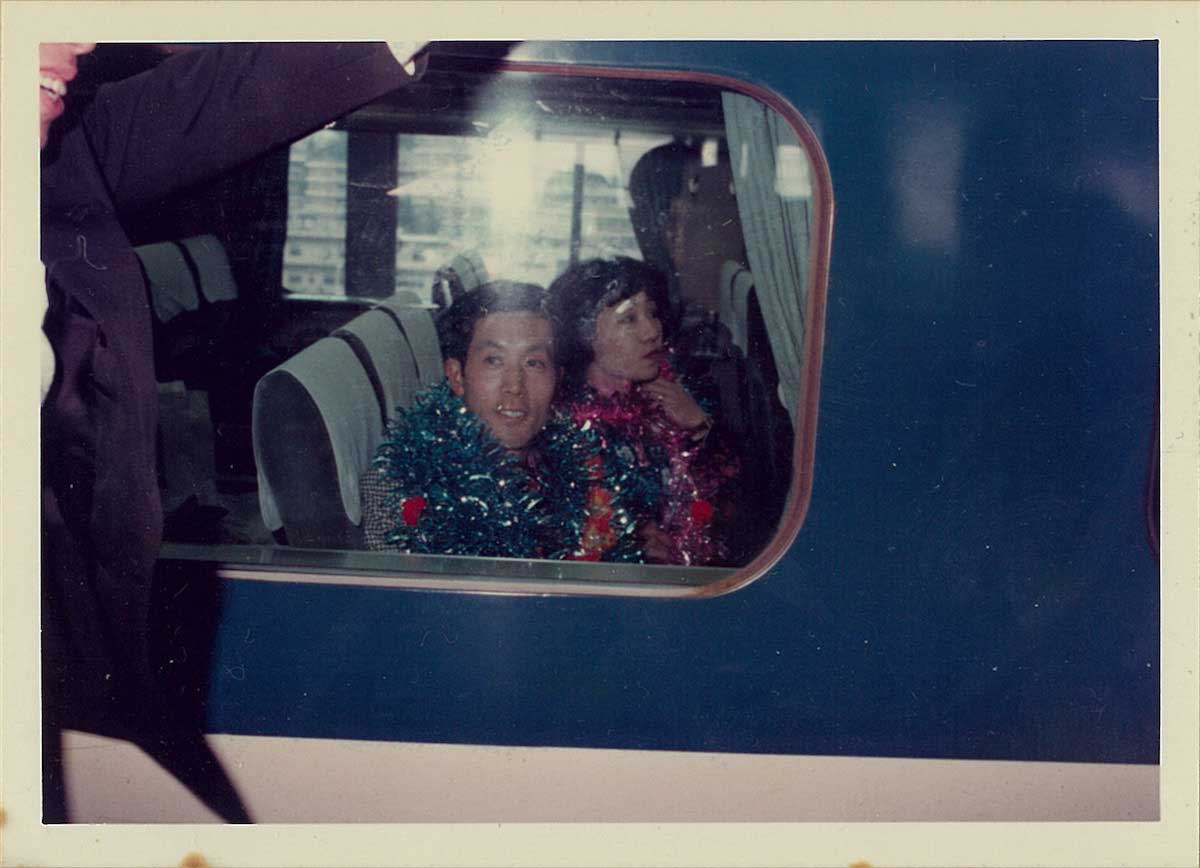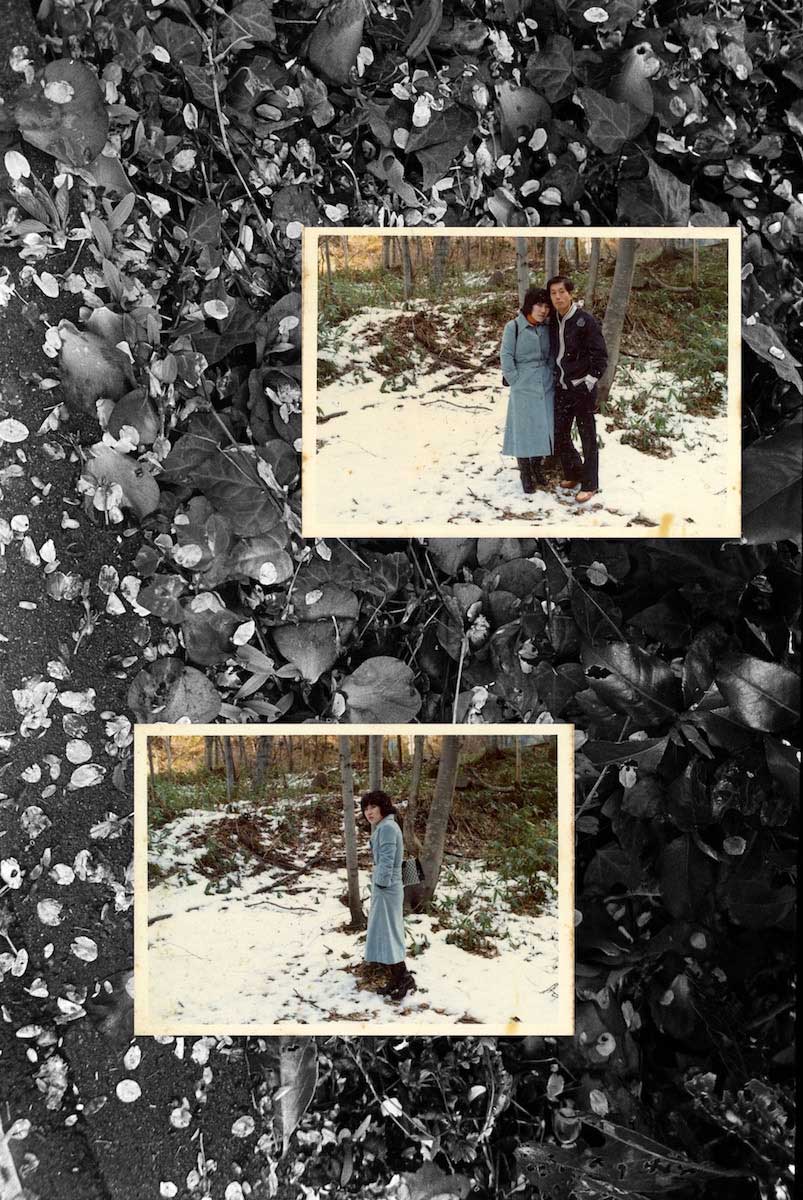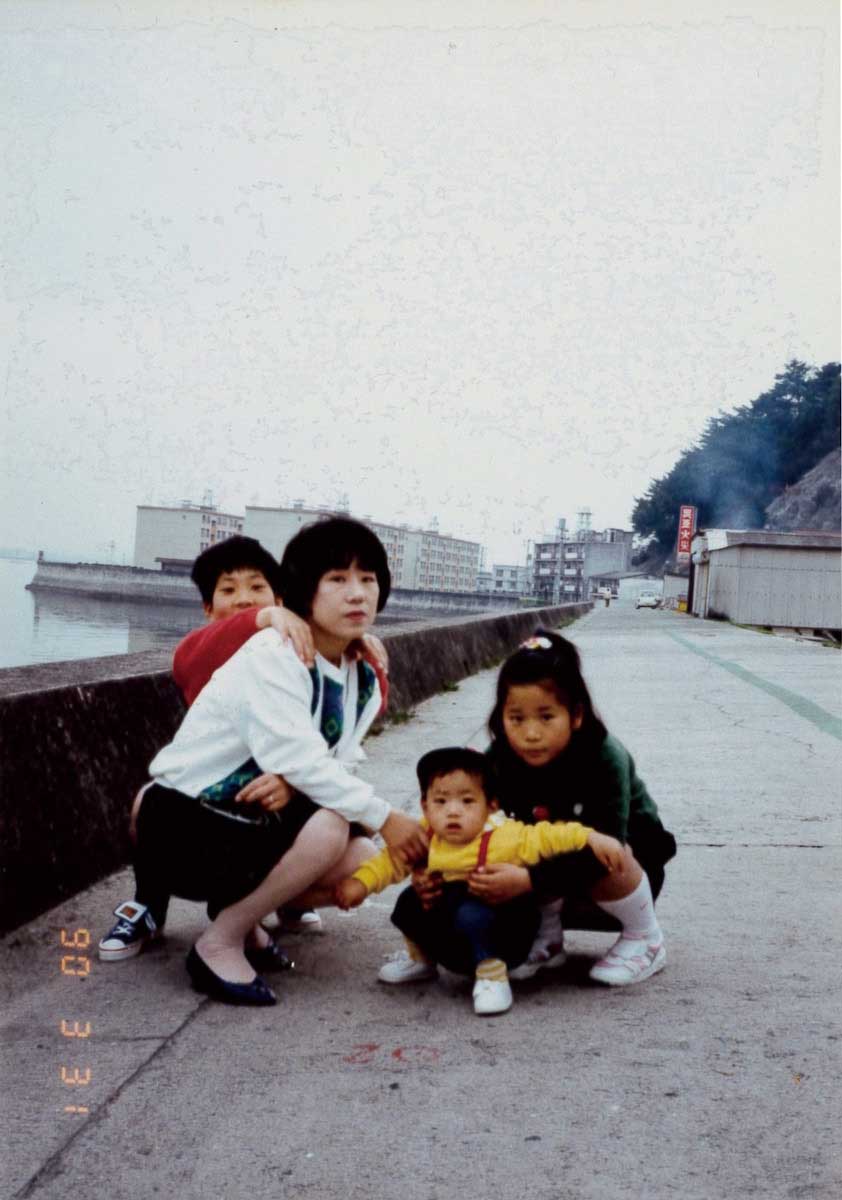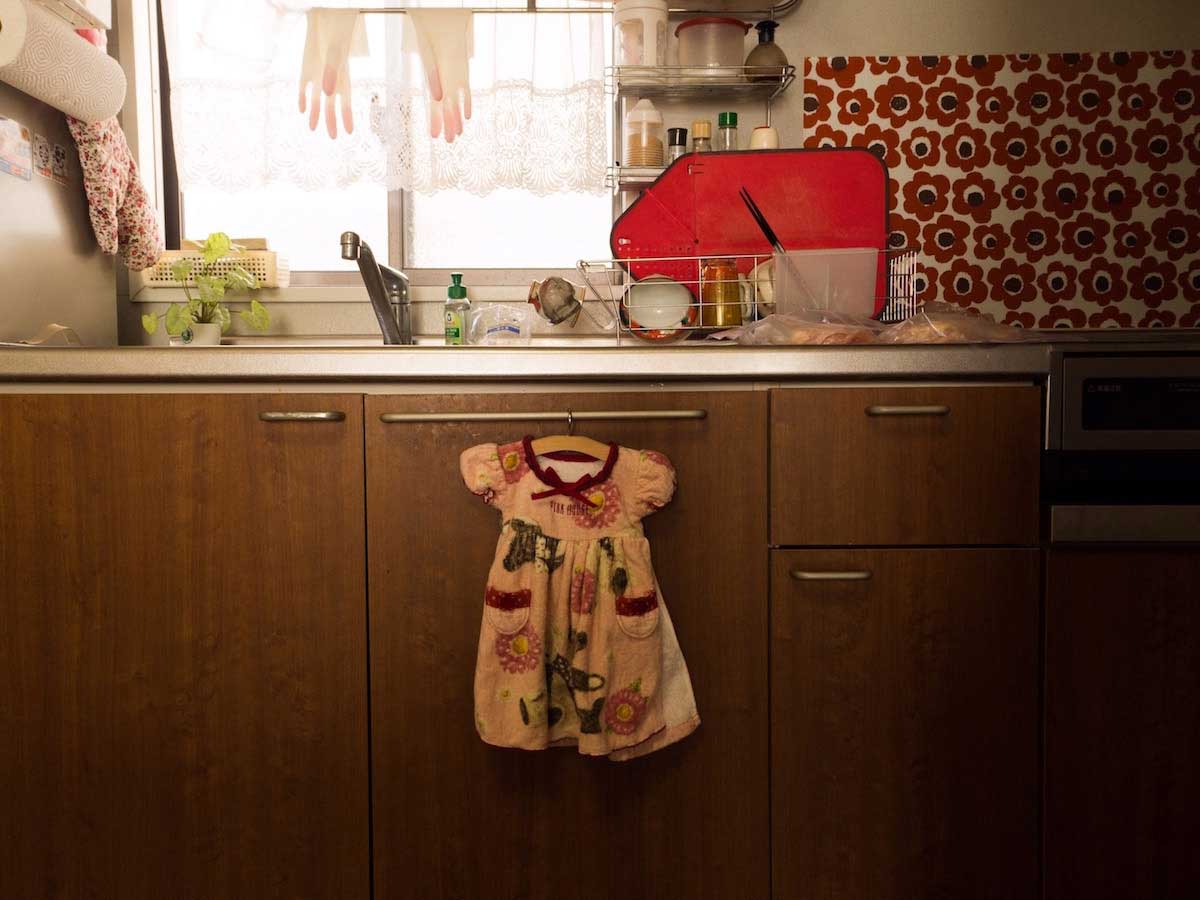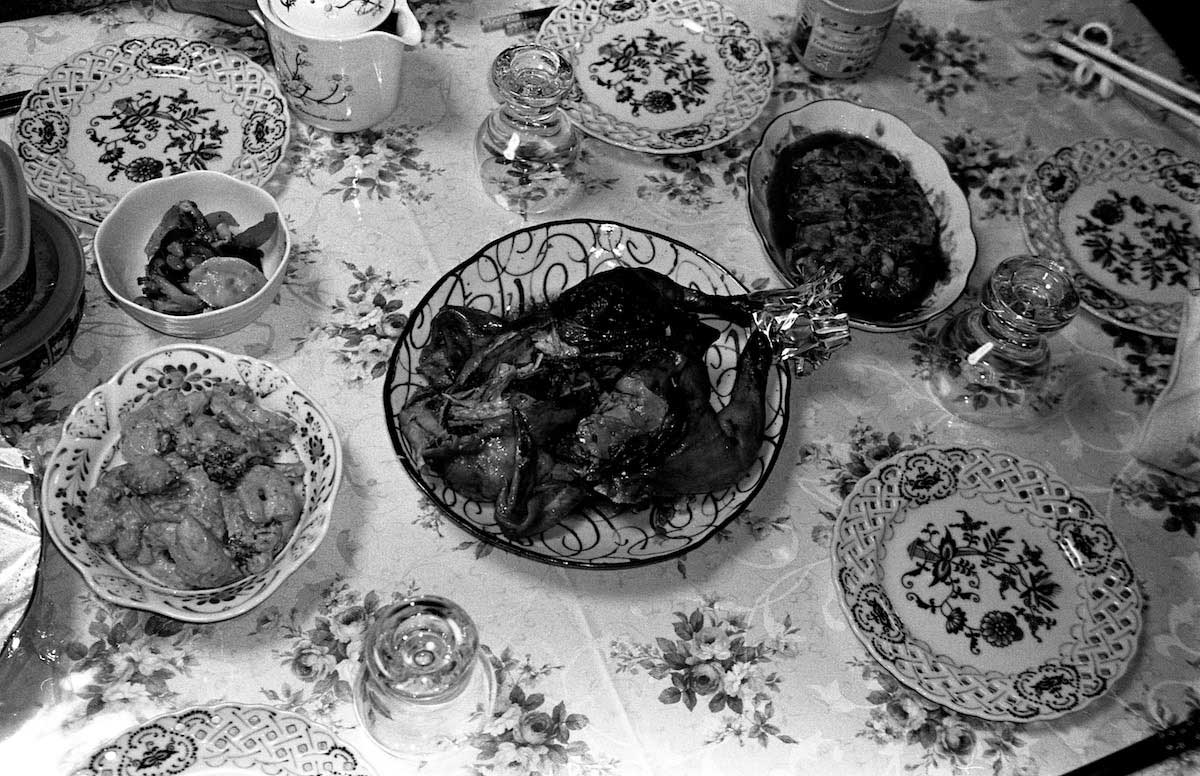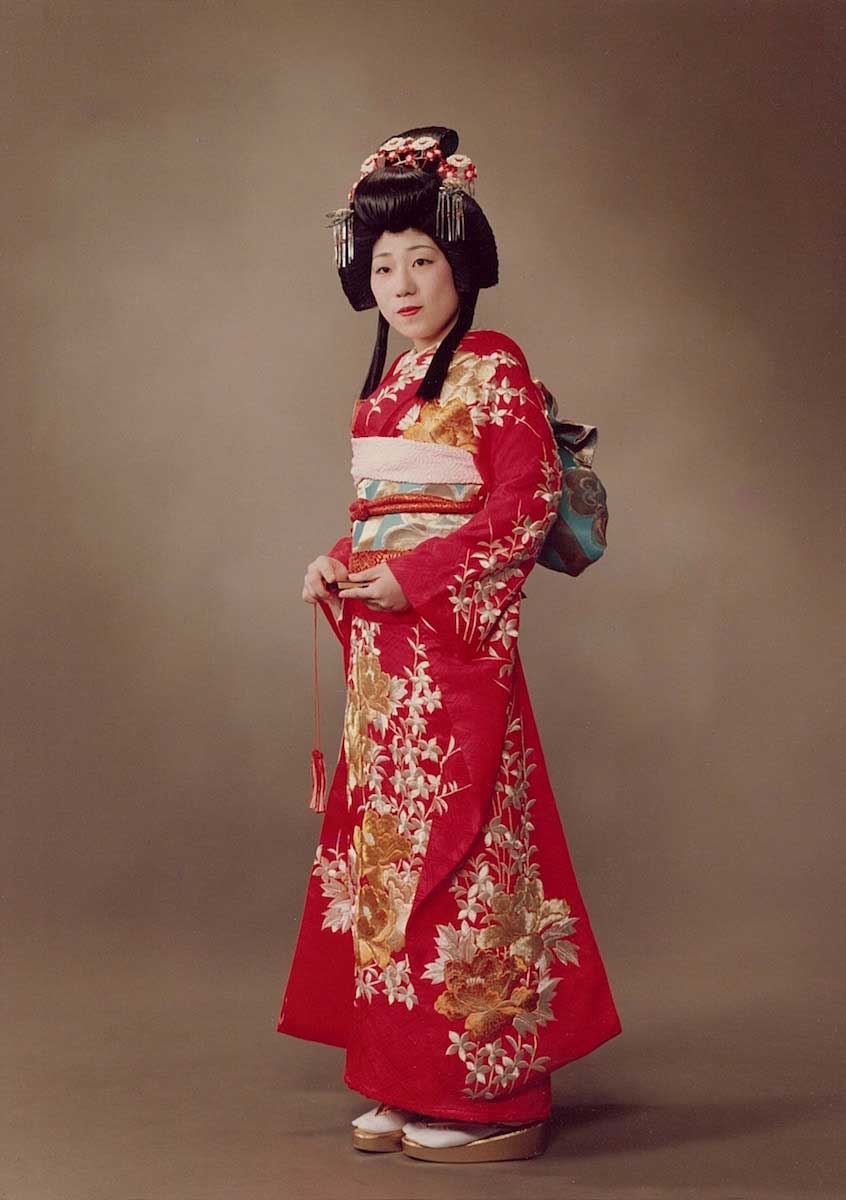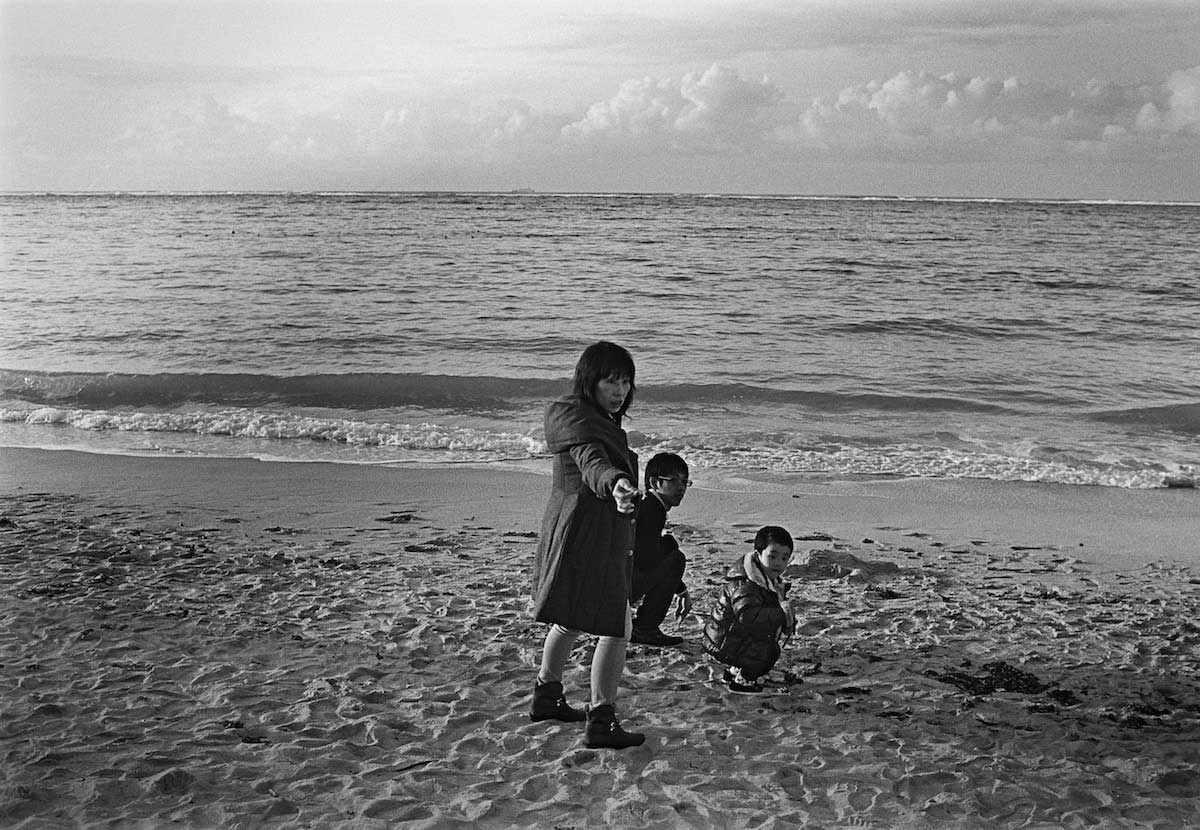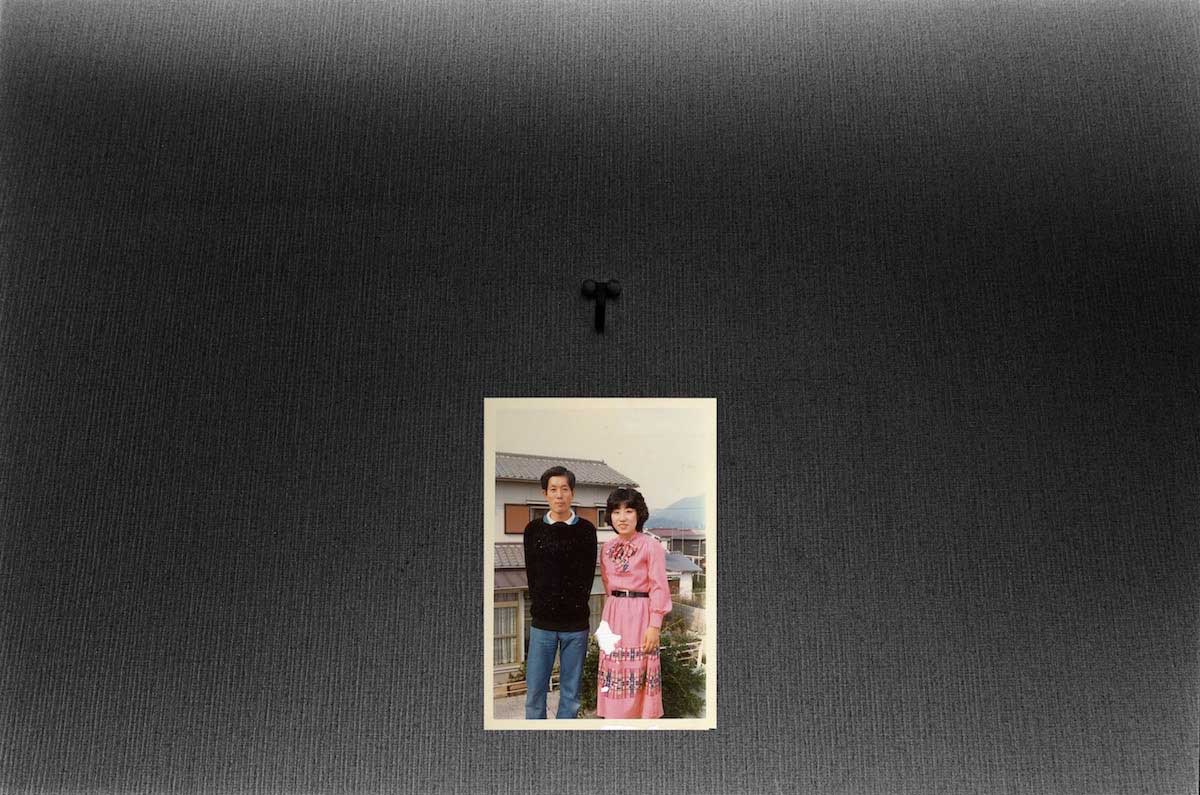I received a text message. “Today, our divorce was finalized.” The message from my mother was written simply, even though she usually sends me messages with many pictures and symbols.
I remember that I didn’t feel any particular emotion, except that the time had come.
Because my parents continued to live apart in the same house for a long time, their relationship gently came to an end over the years. It was no wonder that a draft blowing between the two could completely break the family at any time.
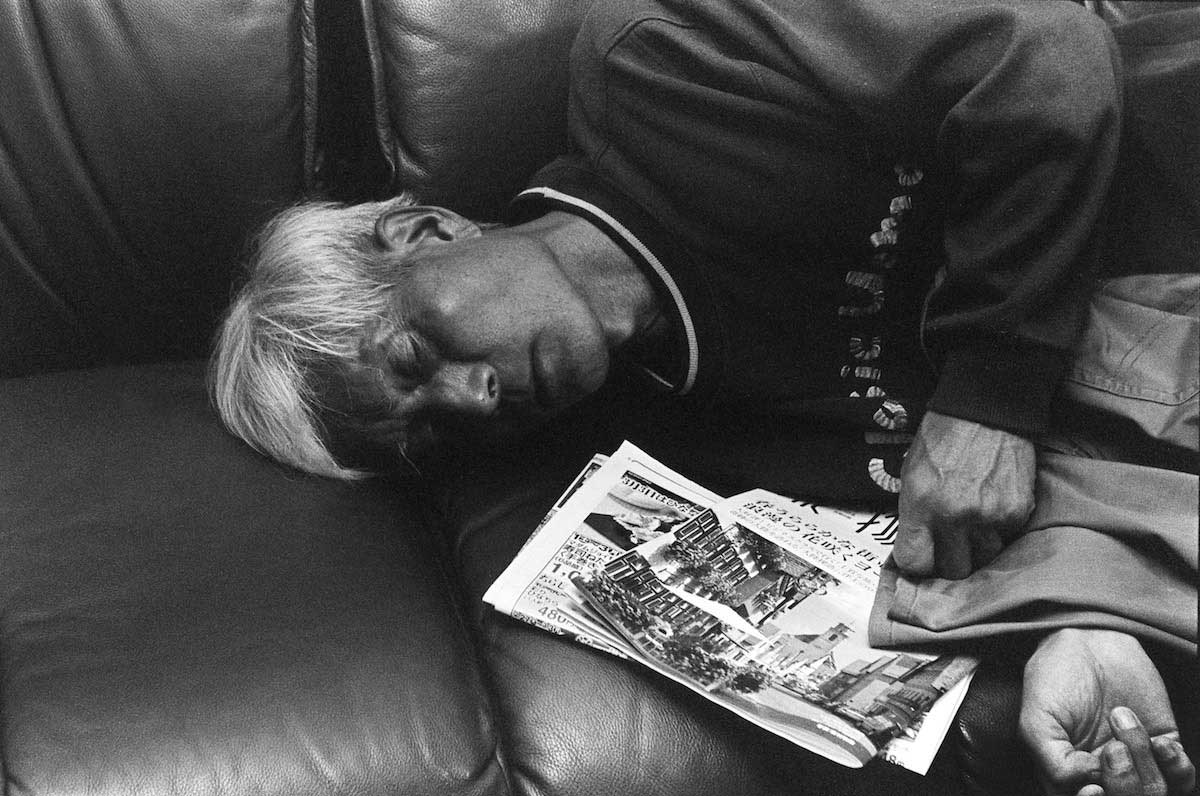
In Japan, legend has it that a man and woman who are predestined to meet have been tied at the little finger by an invisible red string since the time they were born.
Unfortunately, the red string tying my parents together came undone, broke, or perhaps was never even tied to begin with. But if the two had never met, I would never have been born into this world. If anything, you might say that there is an unbreakable red string of fate between parent and child.
Before long, I found myself thinking about the relationship between my parents and I. How many days could I see my parents living far away? What if I couldn’t see them anymore? Since I couldn’t help feeling extremely anxious about it, I was driven to visit my parents’ house many times.
Every day I engage in awkward conversation with my parents, as if in a scene in their daily lives. I adapt myself to them, and they shift their attitude toward me. We do not give way entirely to the other side, but rather meet halfway.
Indeed family problems remain unresolved, although sometimes we tell allegorical stories and share feelings. It means a lot to us that our perspectives have changed with communication.
My family will probably never be all together again. But I feel without a doubt that there is proof inside of each of us that we once lived together. To ensure that the red string that ties my family together does not come undone, I want to reel it in and tie it tight.
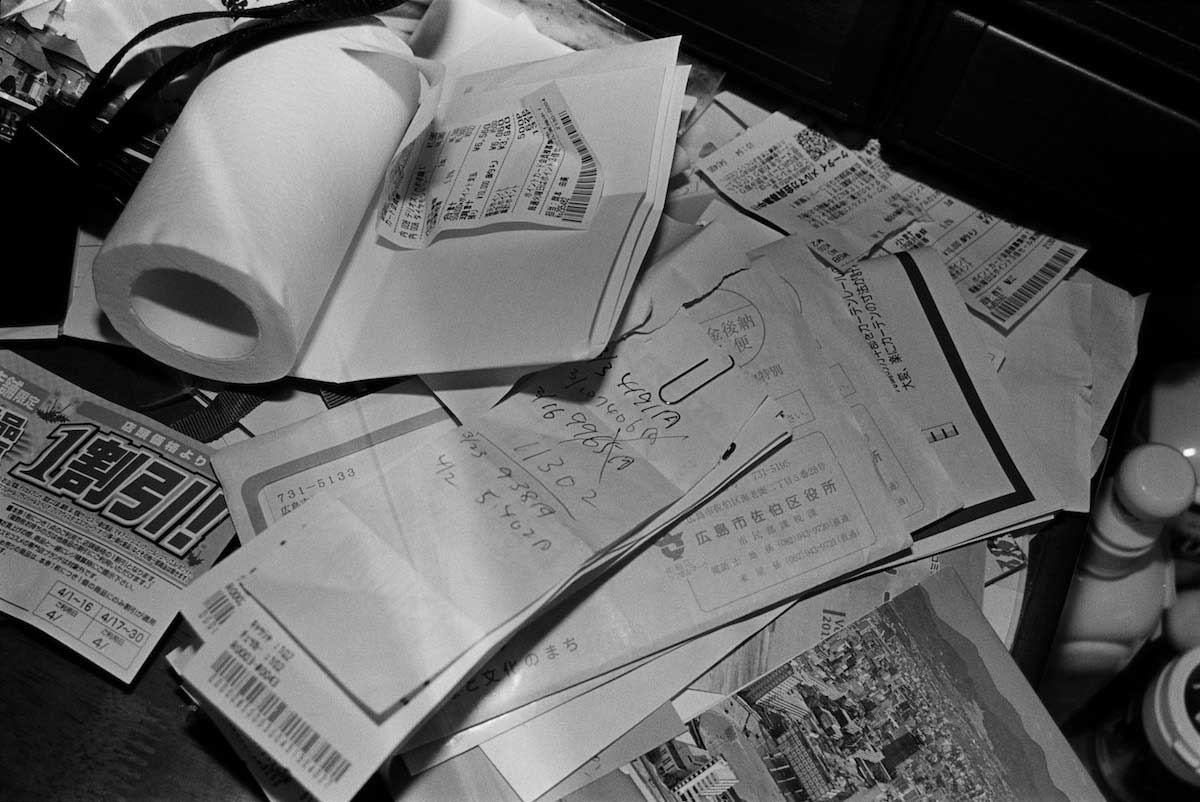
About Yoshikatsu Fujii
Yoshikatsu Fujii, born and raised in Hiroshima City. Graduated from Tokyo Zokei University of Arts with BA in Art Film. He began photography work in Tokyo in 2006. His photographic works often deal with historical themes and memory lingering on in contemporary events. His works were exhibited at the New York Photo Festival (USA), PHotoEspaná (Madrid, Spain), Phoenix Art Museum (USA), Delhi Photo Festival (India), Lishui Photography Festival (China), Getty Images Gallery (London, UK), Chobi Mela International Festival of Photography (Dhaka, Bangladesh), etc.
Fujii’s project “Red String,” was highly inspired by his parents’ divorce, produced a hand-made limited edition photobook. Nominated for several awards, including the Paris Photo-Aperture Foundation Photobook Awards. The book has been named as one of the best photobooks of 2014 by contributors to numerous publications including TIME magazine. In 2016, it joined the permanent collection at The Museum of Modern Art in New York Library. He was also awarded the LensCulture Emerging Talent Awards for the work.
Since then, in October 2015 he moved back to his hometown Hiroshima from Tokyo to engage in his long- term research project called “Hiroshima Graph.” Seen through the eyes of a third generation atomic bomb victim in Hiroshima city, the photo series attempts to shed new light on the disappearing traces from the war, so as to pass it on to the future generation. [Official Website]



